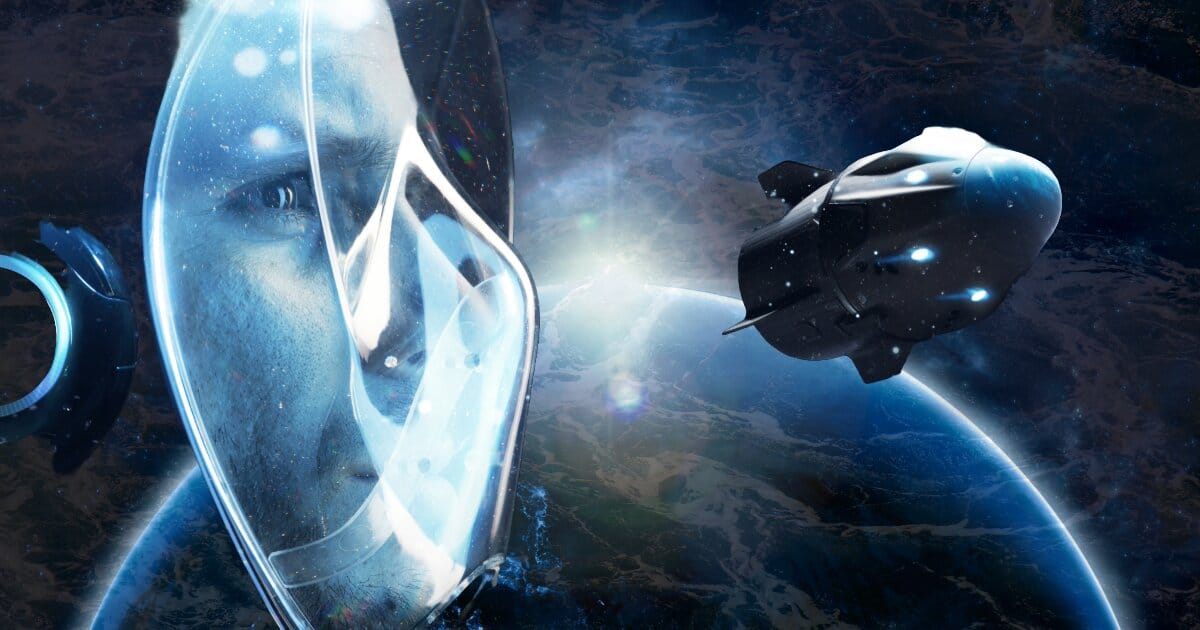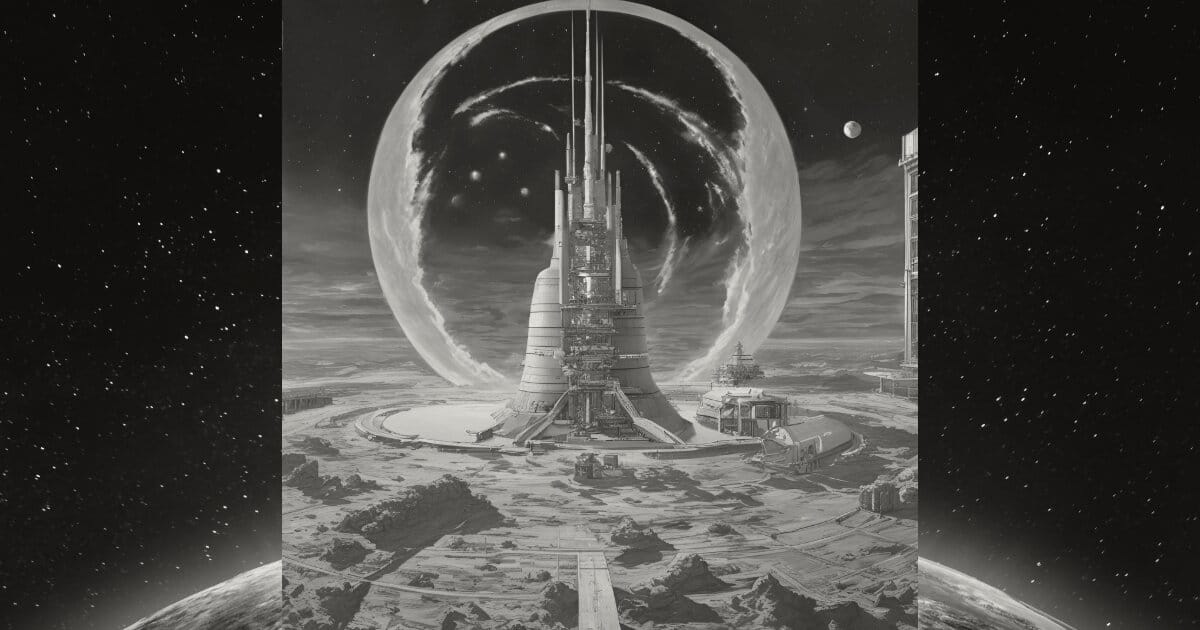Science Fiction today is as important as it ever was. In my web serial, Hindsight Station, looking to the stars, was always in the mind’s eye of James Fong, our intrepid protagonist. Despite the horrors of nuclear holocaust, the brilliant scientist and leader never stopped asking why things worked. Do gravitational waves and gravitational potential figure in James’s world and our own?
In our real world, we have known about gravitational waves for over a century. Einstein predicated ripples in space caused by events such as planetary orbits. The link between gravity and energy led to gravitational waves. They travel at the speed of light and as energy passes a point in space; it expands and shrinks in response.
Gravitational Waves and Space Time
When I was looking into this fascinating area regarding the plot for Hindsight Station, gravitational forces struck me as key to both worlds. For example, a space station with artificial gravity must be of considerable size to not realistically kill everybody on board. This led me to wonder why planets, supernovas, and black holes are always the noted cases which generate gravitational waves.

From Terror to Valor: Echoes and Shadows, available at your favorite digital bookstore
If space is bent, doesn’t time along the space-time axis of general relatively get bent as well? While looking into some interesting theories, it would appear not. Gravitational potential is the amount of energy in a specific location, which varies as the wave passes at light speed. Time remains relative to space, even in this state of gravitational flux.
Space Is Loaded With Energy And Memory
Super symmetries in the universe ensure gravitational memory for reasons unclear to me. The passing gravitational wave bends space, which restores to its original shape as the gravitational potential declines with the waves passing.
Imagine our intrepid protagonist, James Fong, designing a space faring ship which dropped out of a hyperspace window. Its distance to a supernova was eleven light years, and the light was blinding. The captain calls ‘shields up’ and polarizes the hull for extra radiation protection. What was unforeseen was the massive gravitational wave in that time and space.
Gravitational Waves And Energy
The unfortunate crew’s tasking would not be complete by the time the wave struck, and it did not matter. The area of space’s gravitational potential was so small, the quantum scans ran by the ship’s main core did not predict any danger as it excited faster than light travel via a hyperspace window.
As the captain’s order was being called out against a veil of blinding light, an enormous surge of energy from the fabric of space supercharged every inch of the ship. It interacted at a quantum level with the ship, literally exploding with energy via the ship’s anti-matter ion drive. In this fictional world, energy focused on energy which did not have the quantum shielding required.
Theory Meets The Light
While more and more experiments expand our knowledge of gravity, quantum mechanics, and the very universe itself, sci-fi can still lend a hand. If gravitational memory can reset the fabric of space after a gravitational wave passes, then our communal journey of discovery has many exciting chapters ahead.
What if we could harness this augmentation of space in a controlled manner using energy? Could we develop a drive that uses energy to create shortcuts in space? Maybe for a ship to travel to another planet or even a galaxy? The questions and possibilities are truly endless as we explore our universe through the lens of our existence.
About the Author
As I move onto my next authoring project, I will post less frequently on the real-world issues linked to my novel, From Terror to Valor: Echoes and Shadows. My next project, Hindsight Station, will be a progression science-fiction webnovel, delivered via Patreon and eventually Royal Road.
John is a versatile author known for his gripping fiction narratives in the thriller, action, and sci-fi genres. With a background as a journalist since 2016, and expertise in cloud technologies as an engineer; John brings a unique blend of storytelling prowess and technical acumen to his work.




